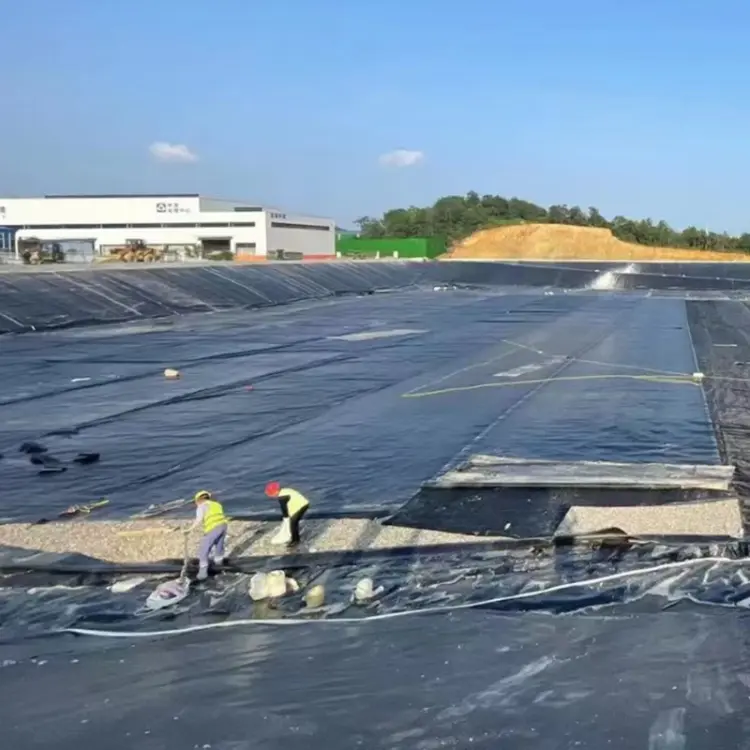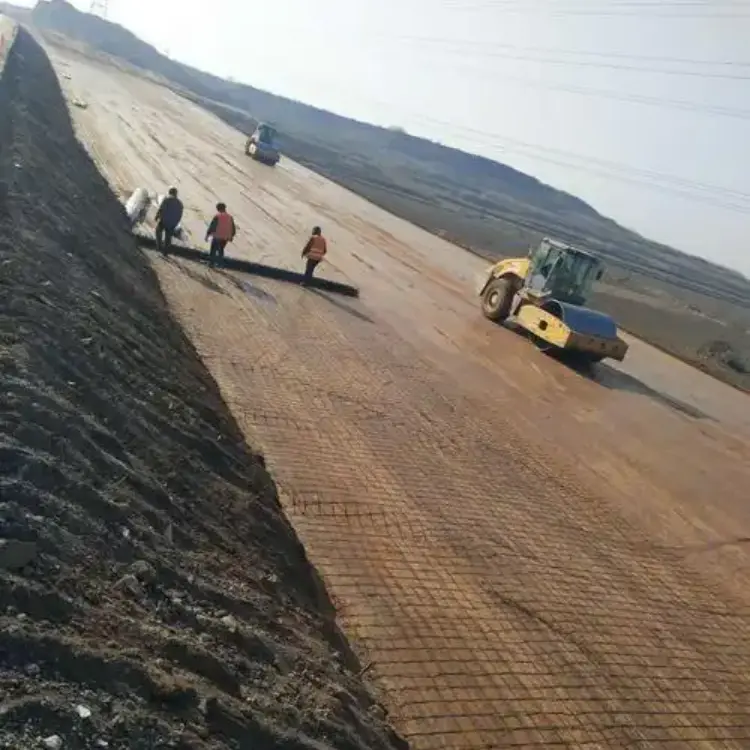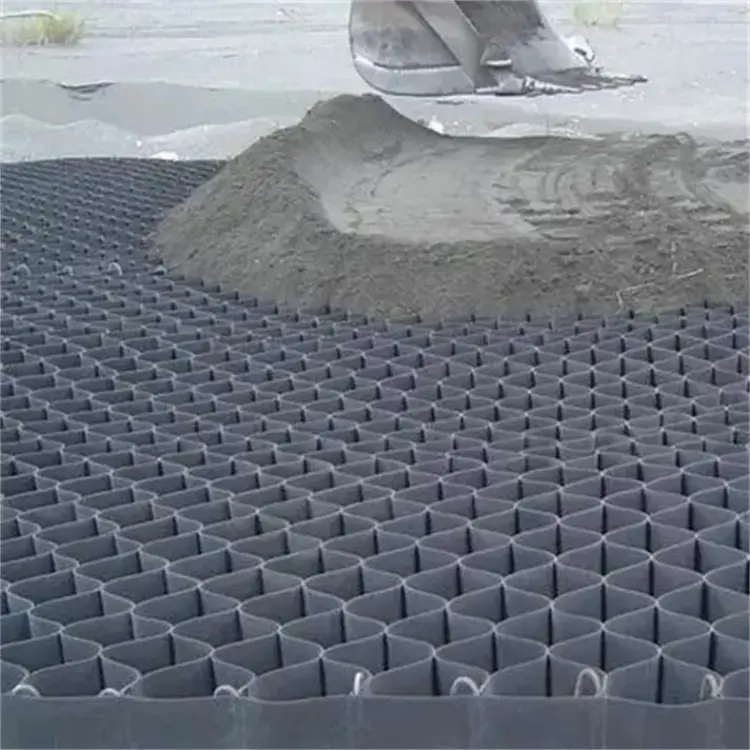I. Fundamental Properties and Functions of Geotextiles
Geotextiles are geosynthetic materials manufactured from synthetic fibers, extensively utilized in civil engineering projects. Based on production techniques, they are classified into woven geotextiles and non-woven geotextiles, with the latter being more widely applied due to superior performance45.
Core functionalities include:
- Filtration: Effectively retains soil particles while permitting water passage, preventing soil erosion17.
- Drainage: Acts as a drainage channel to expel excess liquids/gases from soil structures37.
- Separation: Isolates materials with distinct physical properties (e.g., soil vs. aggregate) to maintain structural integrity16.
- Reinforcement: Enhances soil tensile strength and deformation resistance, improving structural stability57.
- Protection: Dissipates concentrated stress to shield soil from external damage16.
Key material properties:
- High permeability and breathability16
- Exceptional tensile strength (retained in both dry/wet states)18
- Resistance to chemicals, UV degradation, and microbial corrosion15
- Lightweight design enabling cost-efficient transport and installation46.
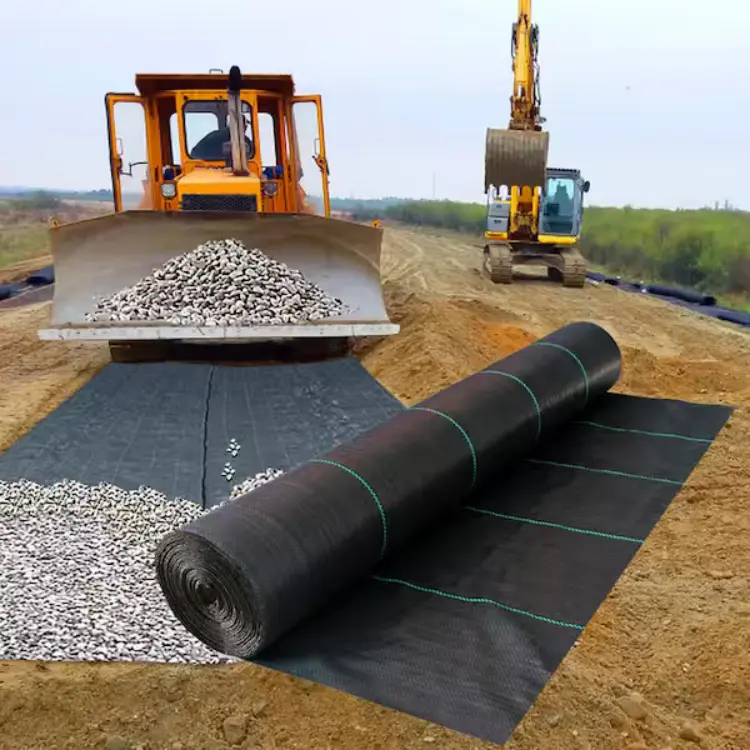
II. Case Study: Highway Soft Soil Reinforcement Project
Project Background
A coastal highway section required stabilization of soft-soil subgrade characterized by high compressibility, low strength, and elevated moisture content, which risked differential settlement under traffic loads37.
Geotextile Application
Non-woven geotextiles were deployed in a multilayer reinforcement system:
- Subgrade preparation: Removal of debris and unstable soil layers.
- Geotextile installation: Unrolled flat without wrinkles, with adjacent sheets overlapped/sewn.
- Aggregate layering: Sand-gravel layer compacted over the geotextile.
- Embankment construction: Gradual fill placement with controlled compaction57.
Performance Outcomes:
- Enhanced load-bearing capacity: Reduced settlement by 70% through composite soil-geotextile interaction78.
- Accelerated drainage: Moisture content decreased by 40%, increasing subgrade strength13.
- Cost efficiency: 30% faster installation vs. traditional methods46.
III. Critical Construction Guidelines
Material Selection
- Prioritize non-woven geotextiles for filtration/drainage; opt for woven variants for heavy-duty separation45.
- Verify compliance with ISO 9001, ASTM D4439, and EN 13249 standards58.
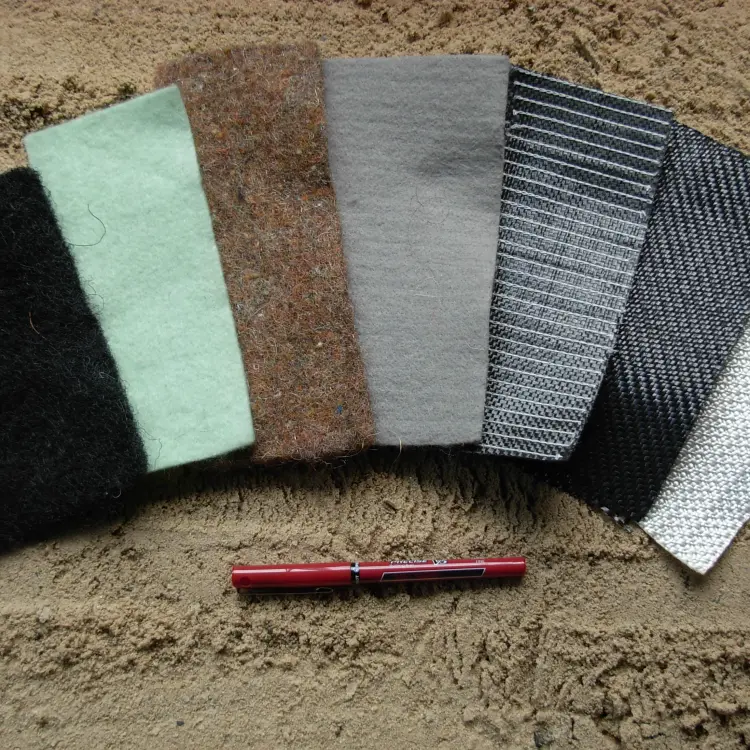
Storage & Handling
- Store rolls vertically (<4 layers high) on flat, dry surfaces.
- Shield from UV exposure using opaque covers58.
Installation Protocols
- Site preparation: Clear sharp objects to prevent punctures.
- Deployment: Maintain ≥10 cm overlaps; secure edges with anchorage or ballast.
- Quality control: Post-installation inspection for wrinkles, seam integrity, and damage57.
Environmental Constraints
- Avoid installation during precipitation or sub-zero temperatures.
- Prohibit heavy machinery sharp turns on deployed geotextiles810.
